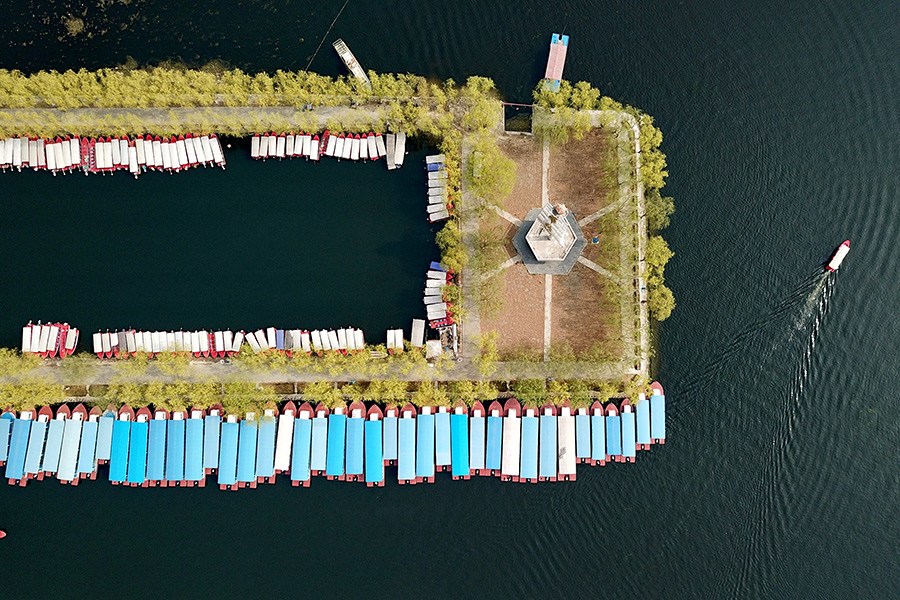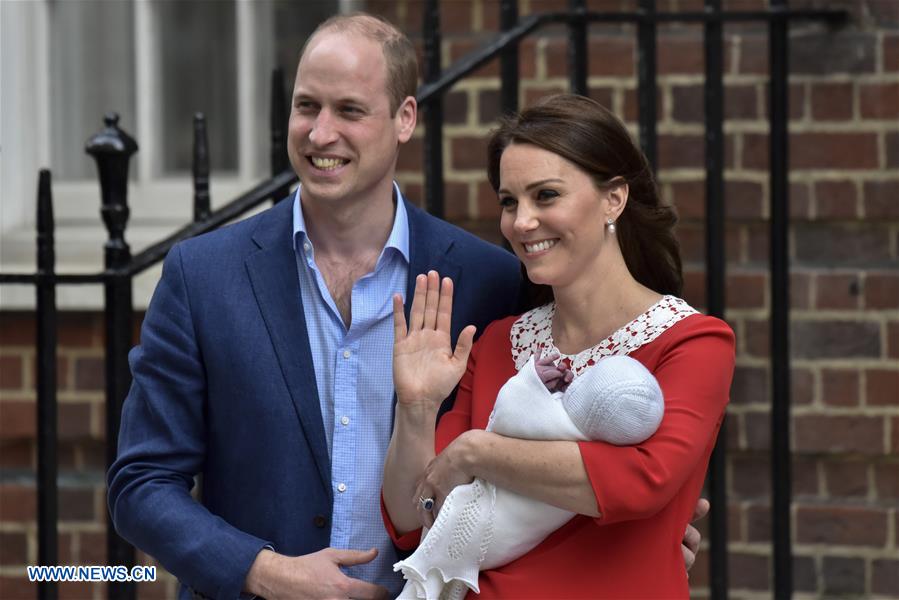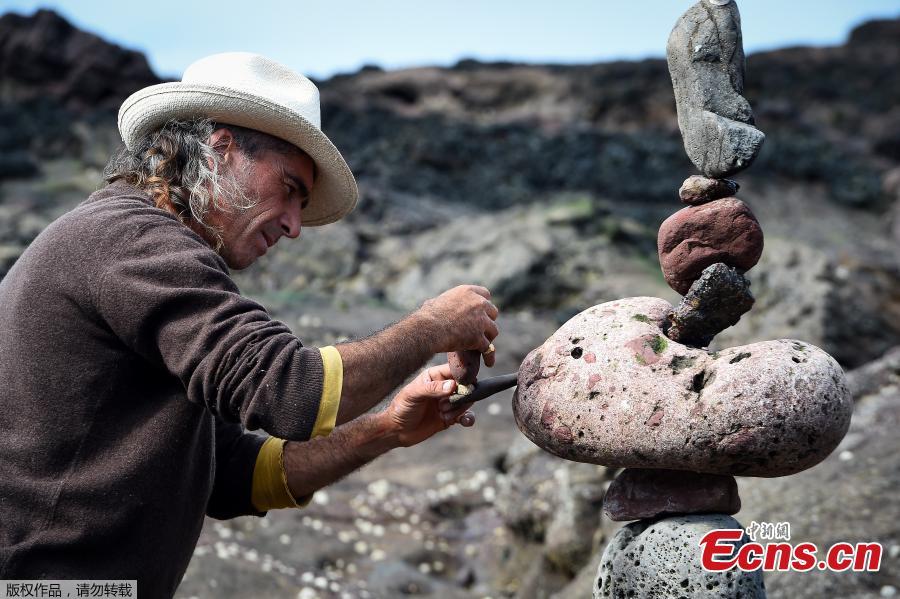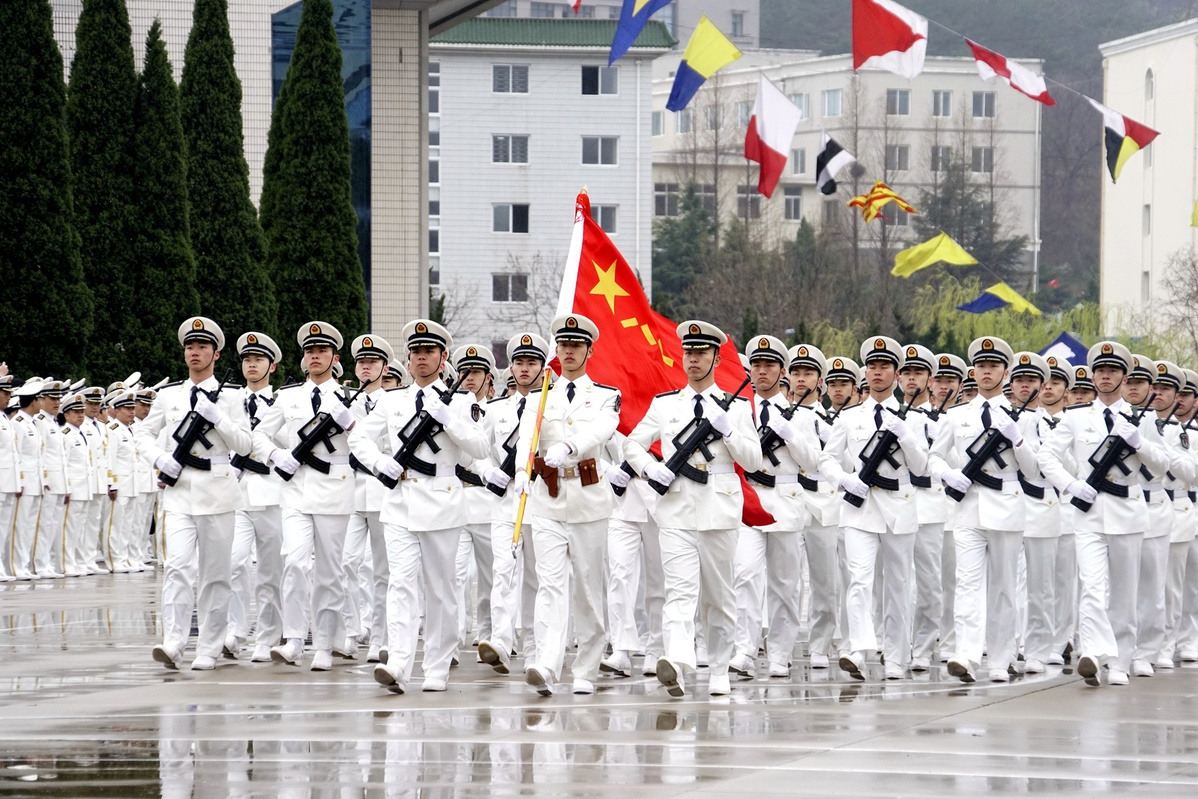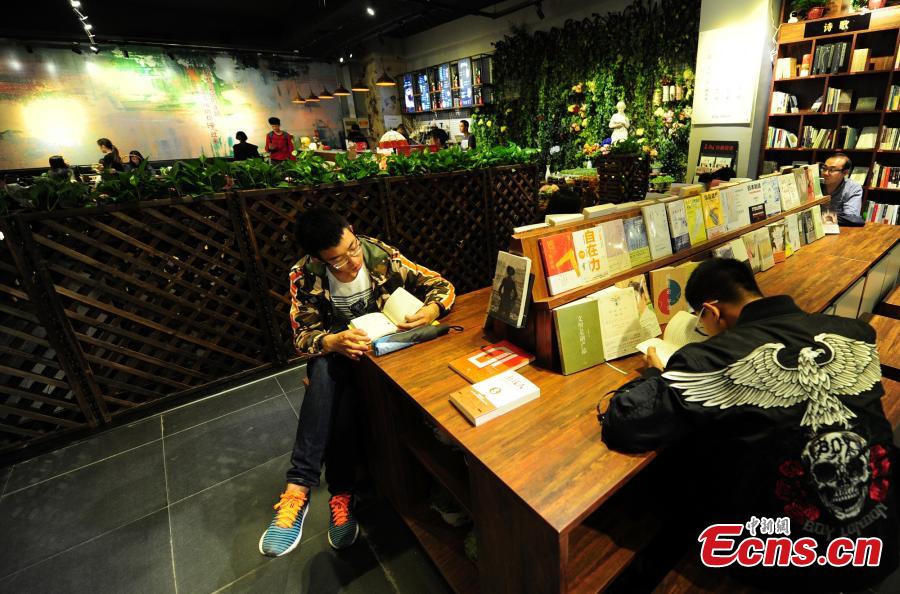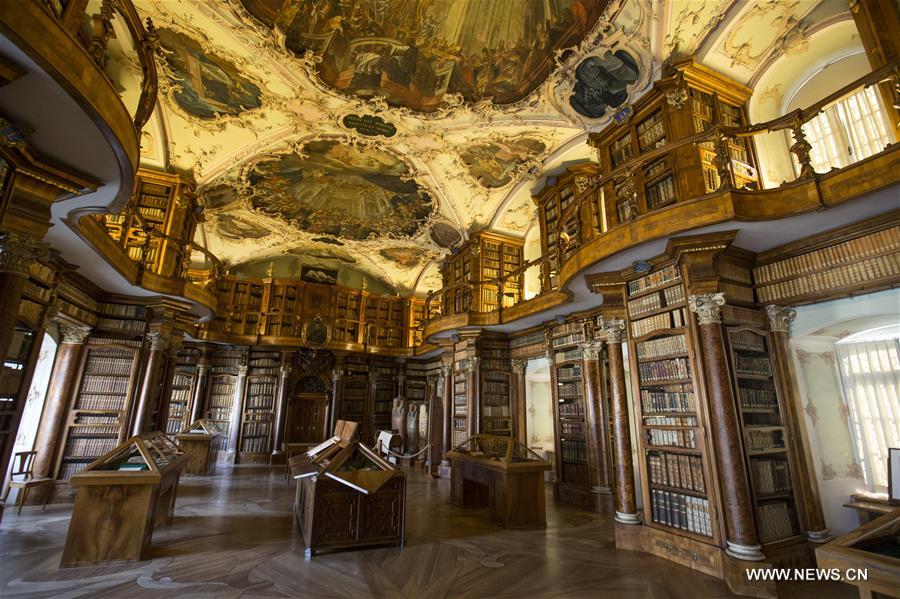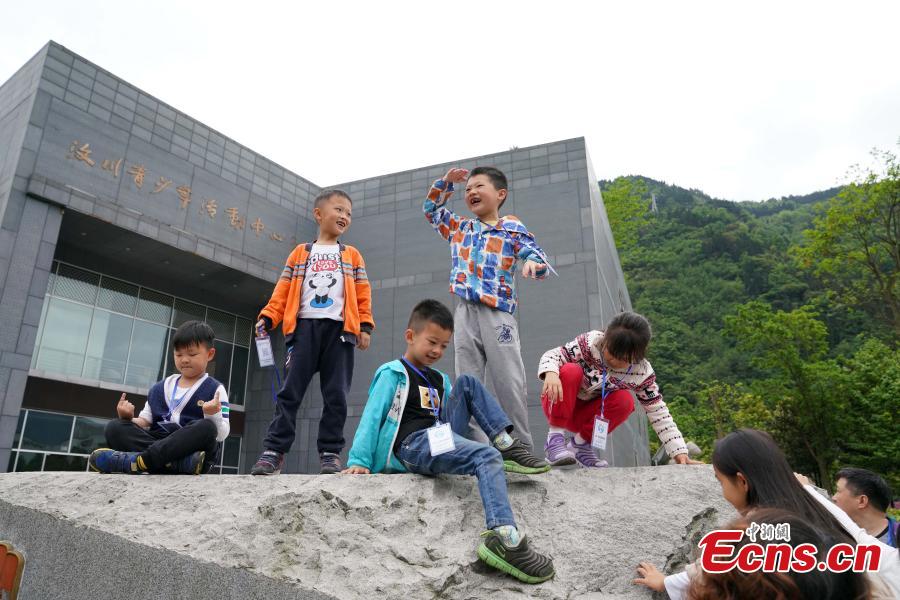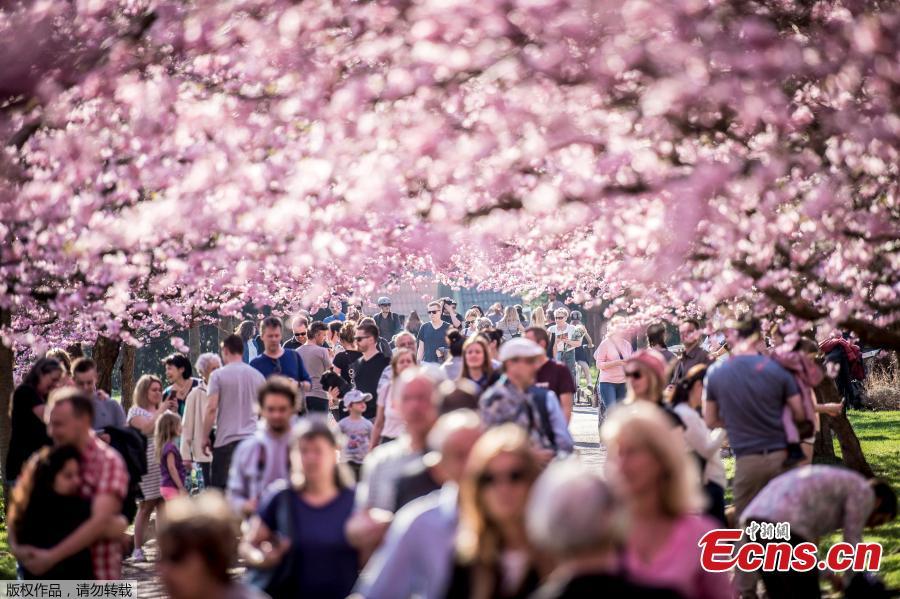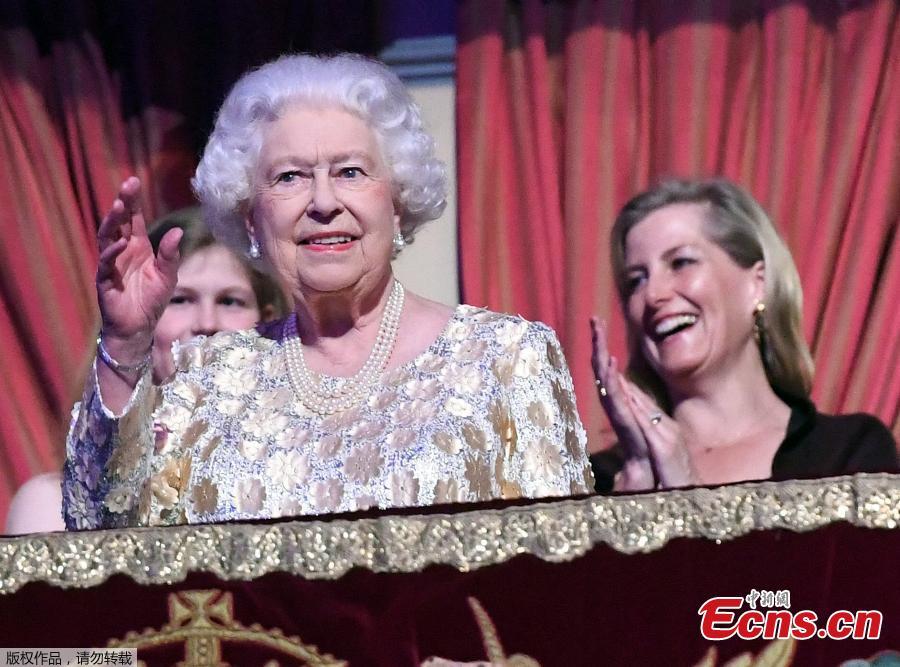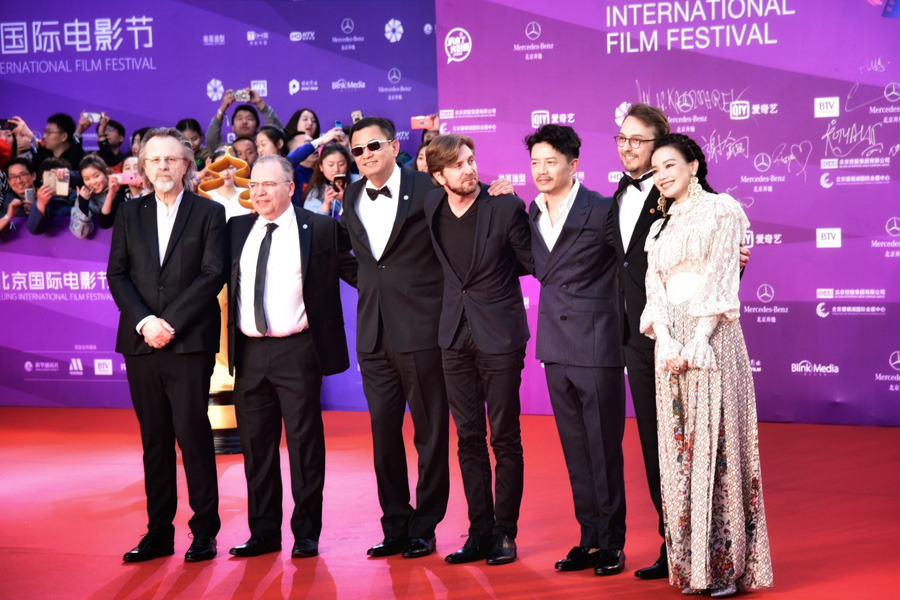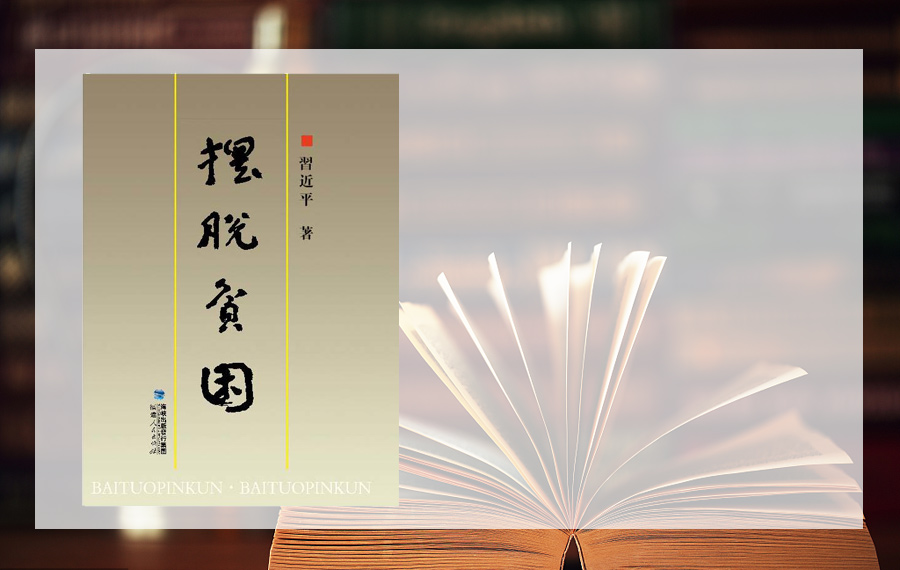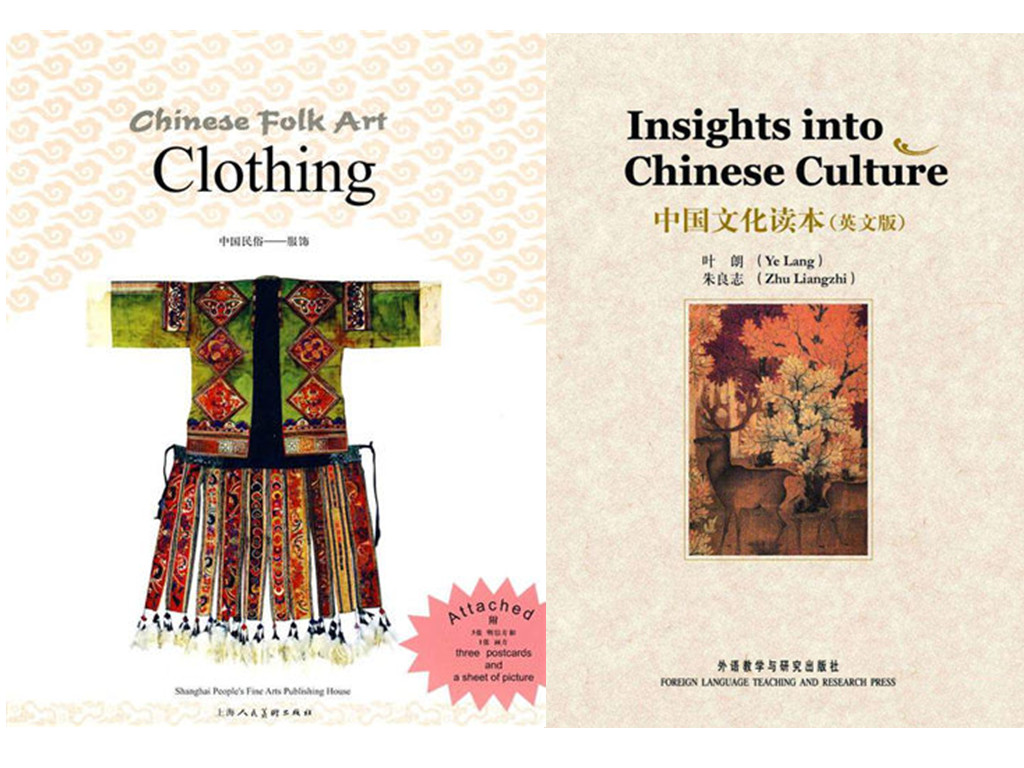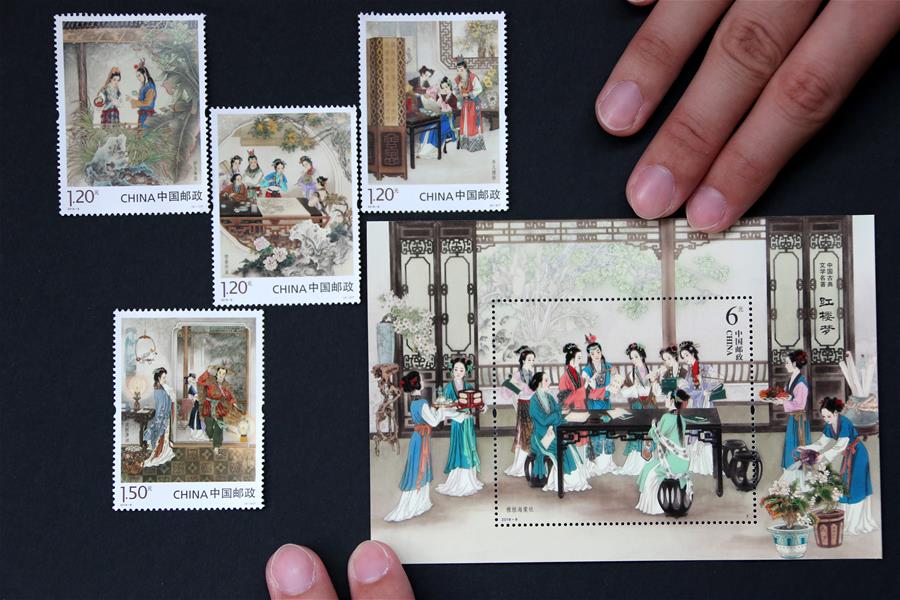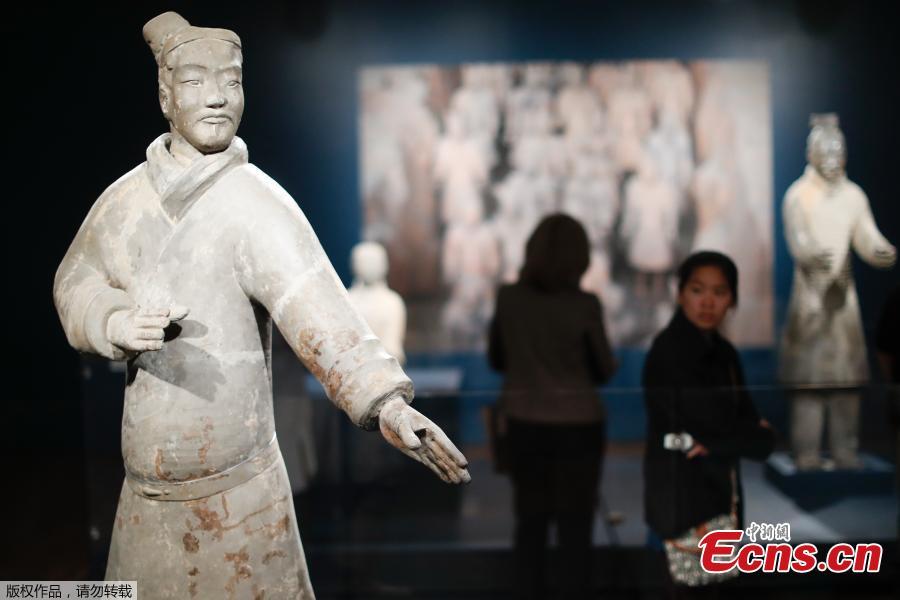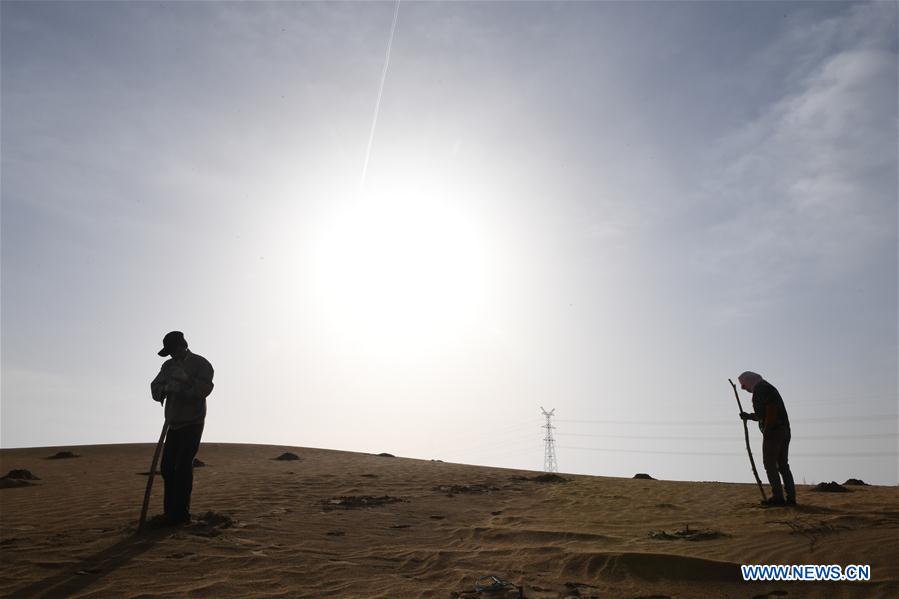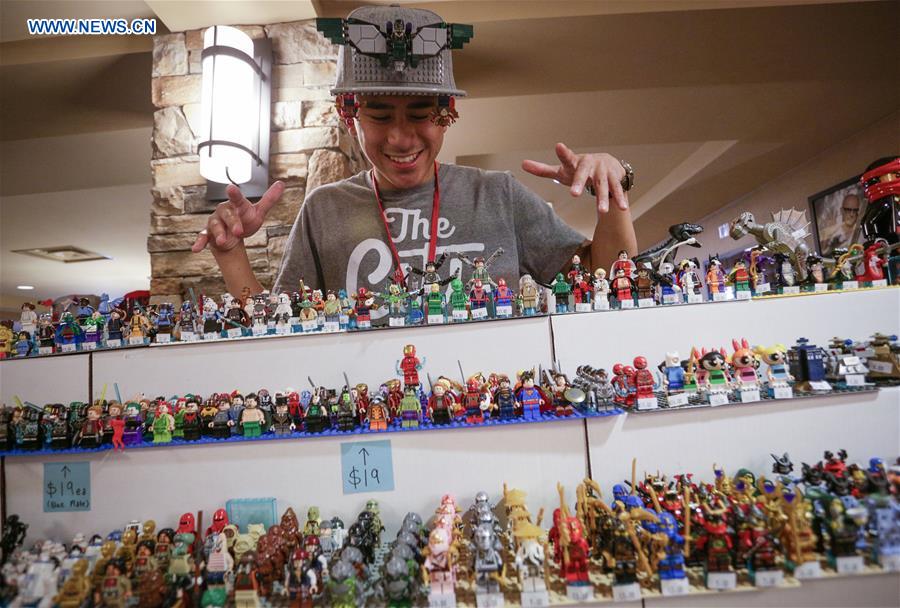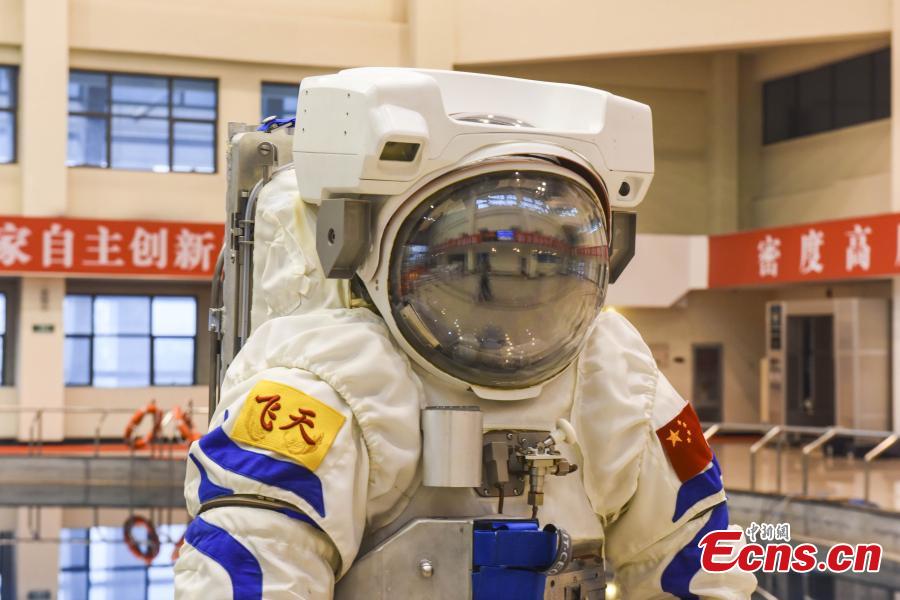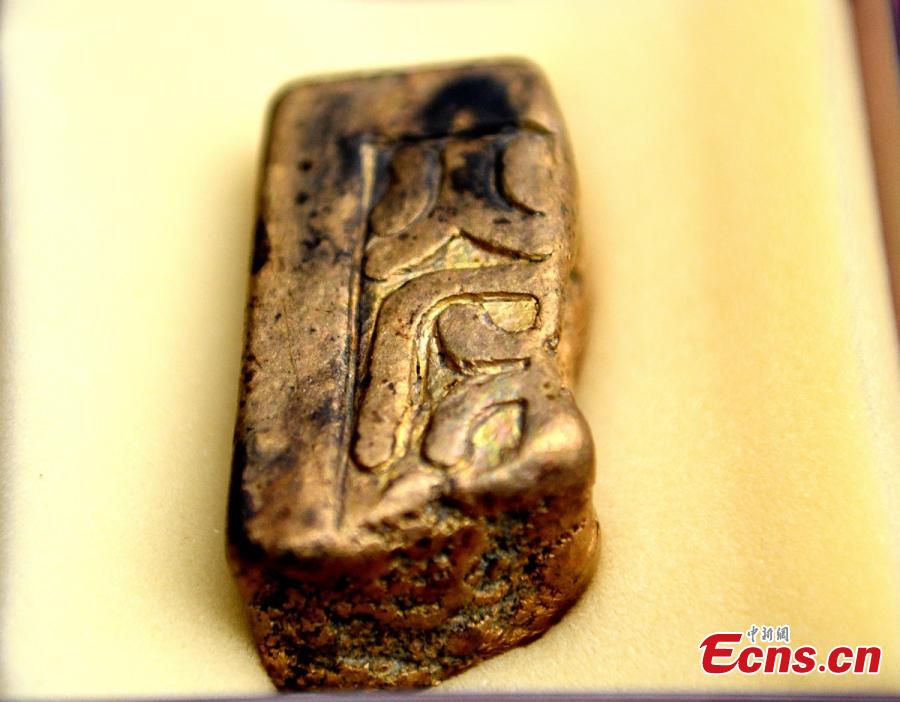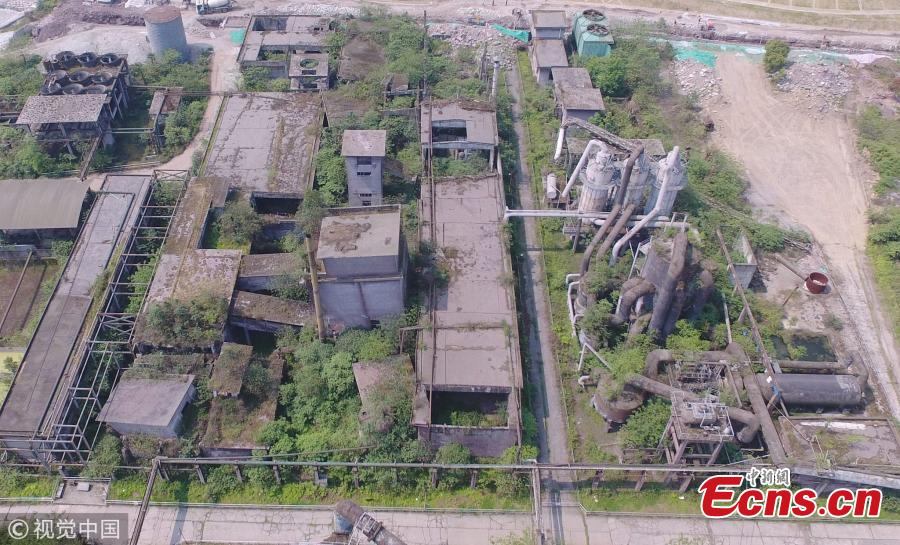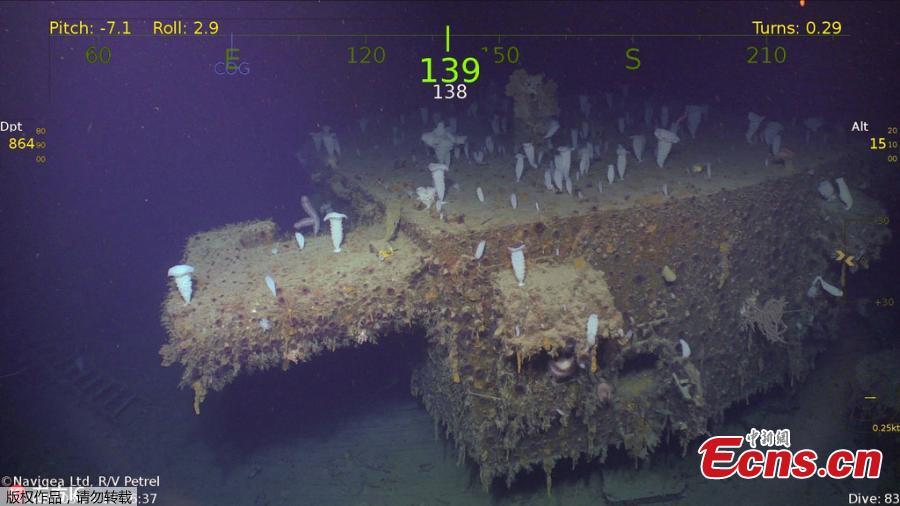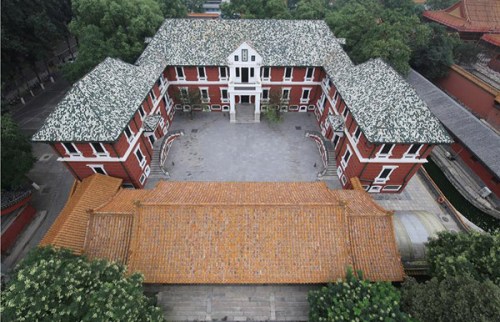
The Western-style villa Baoyun Lou is pictured before and after the renovation project, which was awarded as one of this year's "outstanding monument restorations in China". (PHOTO BY WU WEI/FOR CHINA DAILY)
The Palace Museum began large-scale renovations in 2002, and the plan is to complete most projects by 2020 to mark the 600th anniversary of the Forbidden City.
However, before the Baoyun Lou project, many such projects suffered from the lack of detailed investigation. Nevertheless, the awarded project marked a mindset change for restorers.
The renovation of Dagaoxuan Dian, a Ming-era royal Taoist temple under the administration of the Palace Museum, and Yangxin Dian (the Hall of Mental Cultivation), the residence of the last eight Qing emperors, followed the same disciplines-comprehensive archaeological research, records of historical information and laboratory analysis from the beginning.
"We've seen more renovation projects of heritage sites that make academic research a priority," says Song Xinchao, deputy director of the State Administration of Cultural Heritage, who's also head of the Chinese committee of the International Council on Monuments and Sites. "That is what will be widely promoted nationwide.
"Conservation of the sites cannot be simply treated as construction work. They should be seen as rigid studies. Plans need more evaluation before action is taken."
Old look, new function
In the past decades, a common practice in renovation of historical sites in China has been to give structures a new look, but the winners of the recent award indicate a shifting trend.
"The relics may look as good as 'newborn' after renovation," Du Qiming, an ancient architecture expert and deputy director of Henan Museum, says. "But historical information present in the architecture is also erased through such methods."
He compares the scenario to ancient Chinese paintings.
"Inscriptions left by collectors throughout history are as important as the paintings per se because they show how the art piece got circulated," Du says.
"It is also suitable for old architecture. The broken parts with abundant information should be kept. They are part of history."









